According to the American Foundation for Suicide Prevention, 42,773 Americans die by suicide each year. That’s 117 people every day.
When you think of what may be causing these suicides, instinctually, you might assume depression and/or mental illness. And you wouldn’t be wrong: 90% of children and adolescents who die by suicide live with a mental health condition.
But have you ever thought about other possible factors that could lead to suicide? Take, for example:
Farming
Farmers, fishers and foresters have the highest suicide rate of any profession in the United States. According to the Center for Disease Control (CDC), 85 suicides occur for every 100,000 farmers.

This may be surprising considering the obvious benefits of farming: spending time outside, getting plenty of physical activity, eating fresh and healthy food, etc. But farmers also spend long periods of time working alone and may feel isolated. Their work is not only physically demanding, but also stressful due to many factors that are outside of their control, such as: corporate agriculture, livestock disease, poor harvests, climate change and government legislation.
When any (or all) of these things lead to depression, what could they do about it? Farming somewhat requires living in a rural area, so there is a very likely chance they may not have access to mental health services.
Firearm Prevalence
Many studies have shown that people who have died by suicide likely lived in homes with guns. But did you know that individuals who live in states with a high firearm prevalence have a higher risk for suicide as well? One study showed that the suicide rate for 40 million people living in the states with the highest firearm prevalence was almost twice as high as 40 million people living in the states with the lowest firearm prevalence.
This may seem like an obvious correlation to suicide as guns provide the means to complete the act. But in the same study, both the high-gun states and the low-gun states had the same amount of suicides occur from a method other than guns. Which means that access to guns were not the reason the suicide rate was higher in the gun-prone states.
Research conducted in another study: Guns and Suicide: Correlation or Causation? similarly found that non-gun suicide rates are not significantly lower in places with more gun ownership even though the overall suicide rate is higher. This suggests that people living in high-gun states have higher suicidal tendencies.
Altitude
Have you ever felt sad when spending an extended period of time in the mountains? Maybe vacationing in a ski resort? Researchers believe low oxygen and thin air can be linked to depression and higher suicide rates. A study published in High Altitude Medicine and Biology compared the suicide rate in over 2,500 U.S. counties and determined that there is a strong positive correlation.
Population/Region
The areas in the country with the lowest suicide rates are also some of the most populous areas, including Washington D.C. and New York City. Comparatively, the suicide rate is more than 300% higher in Alaska and Montana.
This may be due to a lack of access to services or simply because there are more activities and coping mechanisms in a major city.
The Economy
The state of the economy impacts everything—our ability to secure a job, how much interest we pay on our loans, our buying power, among other things. So when the economy is weak, it can lead to significant stress for the people affected.
Research has found suicide is highest when the economy is weak. One study looked at the history of the national suicide rate and found the Great Depression to be the time period with the highest suicide rate.
Lithium
While all of these factors seem to increase the suicide rate, Lithium is an element that leads to the opposite. Lithium has been used for many years as a method of treatment for people living with depression. But it is also a naturally occurring element in water depending on the geographic area.
While drinking water with Lithium in it would be a far smaller dose than a prescription of Lithium from a psychiatrist, evidence suggests that these small doses decrease suicide rates significantly.
Many studies have been conducted over the past 25 years all across the world to test this theory and a recent review of epidemiological studies showed that nine out of 11 studies found that lithium in local water had beneficial outcomes.
Discovering what causes the suicide rate to fluctuate could help us to uncover better methods of prevention. This Suicide Prevention Awareness Month, help us in our cause to learn more and prevent suicide from happening.

